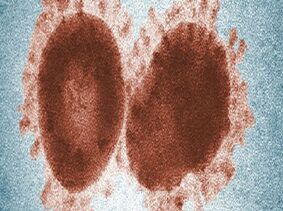新冠病毒可能已经在人类中传播多年
|
As COVID-19 has hitchhiked around the globe, causing lockdowns, pneumonia and fear, scientists have been racing to determine where the SARS-CoV-2 coronavirus has come from. While we don't have all the answers yet - including whether it came from an animal reservoir - a new analysis has definitively put to rest the conspiracies that claim it's a lab-made disease. The study raises some interesting possibilities regarding the origin of the new coronavirus. One of the scenarios suggests the virus may have been circulating harmlessly in human populations for quite a while before it became the pandemic that's now stopped the world in its tracks.
"It is possible that a progenitor of SARS-CoV-2 jumped into humans, acquiring [new genomic features] through adaptation during undetected human-to-human transmission," the team from the US, UK and Australia writes in the study. "Once acquired, these adaptations would enable the pandemic to take off and produce a sufficiently large cluster of cases." The researchers analysed genomic data available from SARS-CoV-2 and other similar coronaviruses, showing that the receptor-binding domain (RBD) sections of SARS-CoV-2 spike proteins were so effective at binding to human cells, they had to be caused by natural selection. "By comparing the available genome sequence data for known coronavirus strains, we can firmly determine that SARS-CoV-2 originated through natural processes," said one of the researchers, immunologist Kristian Andersen at Scripps Research. "Two features of the virus, the mutations in the RBD portion of the spike protein and its distinct backbone, rules out laboratory manipulation as a potential origin for SARS-CoV-2." |









